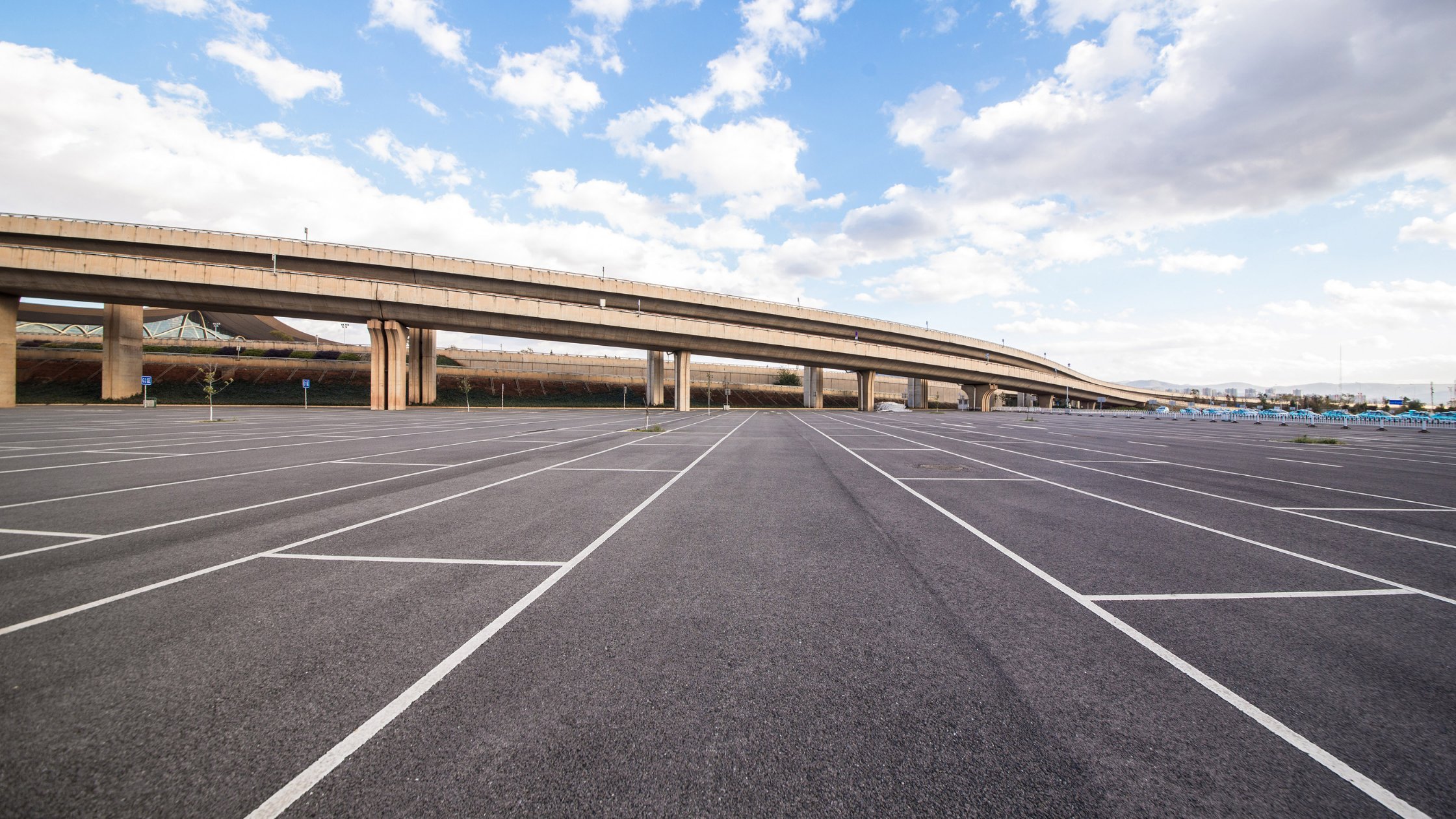Why Transportation Funding Requests are the Highest
Congressional lawmakers submitted nearly $2.8 trillion in total requests for infrastructure projects to the House Committee on Appropriations at the end of April. These requests stem from the limited return of earmarks, which the parties agreed to earlier this year.
These requests should come as no surprise. Political leaders have long championed infrastructure projects as a way to provide for their constituents. Infrastructure projects are geared to benefit a majority of the community and provide a tangible accomplishment for politicians’ time in office.
Overall, transportation earmarks dominated spending requests in this latest cycle. Spending for labor and health projects was second at $832 billion, followed by interior at $697 billion. It is likely this is just a starting point as more transportation projects will continue to be proposed.
Let’s look at some of the biggest transportation infrastructure projects lawmakers would like to undertake in the coming year.
Interstate 69
This massive project will one day span more than 2,400 miles from Texas to Canada. It currently features multiple disjointed sections, bringing in concerns regarding its safety and efficiency. One of the significant needs for the project is a bridge over the Ohio River that would carry a planned I-69 extension between Evansville, Indiana and Henderson, Kentucky.
Both Kentucky and Indiana have pledged to spend $850 million on the bridge but requested federal funding to speed up the process.
Hudson River Tunnel
Politicians in New York and New Jersey have long fought to get funding to repair the existing tunnel, which was damaged by saltwater intrusion during Superstorm Sandy in 2012. Local leaders argue the cost is more than the two states can afford and need help from the federal government, which has, at times, supported and rejected the project. An environmental impact statement is expected to be finished soon and could give new life from the project, something Transportation Secretary Pete Buttigieg has signaled as a priority.
Minnesota Bridges
The collapse of the I-35W bridge in 2007 remains one of the most harrowing disasters in recent memory. That bridge collapsed during rush hour traffic, killing 13 people and severely injuring countless more.
The American Society of Civil Engineers gave America’s infrastructure a poor grade and identified 46,000 bridges in deteriorating conditions. Approximately 600 of those bridges are in Minnesota; these need restoration and repairs to withstand the harsh weather and ensure another accident never happens again.
Ohio Hyperloop
Along with repairs and maintenance, there are funding requests for more ambitious projects. One is a hyperloop in the Midwest that would use a system of sealed tubes with low air pressure to transport passengers rapidly in pods mostly free of friction. Inventor Elon Musk has championed this technology that one day could dramatically improve public transportation and reduce the burden on roads, bridges, and other forms of infrastructure.
Washington Bridges and Transit
A recent Seattle Department of Transportation report found that 65% of the city’s bridges were in fair condition and 6% were poor. Lawmakers would like funding to improve the bridges, invest in public transit and a light rail, fund infrastructure projects in small and medium-sized cities throughout the state, and improve earthquake resilience.
One important project is the West Seattle Bridge, which is the most used in the city. It was closed in March 2020 after cracks were discovered, causing a ripple effect throughout the local transit ecosystem. The results are expected to worsen as more people resume commuting to work as COVID-19 restrictions are lifted.
Finding a Path Forward
These are only a handful of essential infrastructure projects that Congress would like to complete. Major traffic centers, such as Los Angeles, Washington D.C., and Austin, have different projects in the works as well, along with major interstates such as I-95 on the East Coast and I-10 in the South.
These latest budget requests, combined with the Biden administration’s proposed infrastructure spending legislation, could dramatically change the nation’s transportation system over the next several decades.
Infrastructure spending has long been seen as a positive use of public funds. These projects help create jobs, spur future economic growth, and create long-term investment opportunities. The nation’s infrastructure has been built over the last century and needs to be refreshed for today’s current world.
The COVID-19 pandemic showed that changes would come to how people work and gather. Improved electric vehicle technology, ride-sharing, and new public transit methods will also alter future needs.








